Timeline of African Union of Railways
The Timeline of the African Union of Railways presents a chronological overview of major milestones and initiatives undertaken by the African Union of Railways (AUR) a specialized body of the African Union tasked with promoting railway integration across the continent railways. The timeline highlights early efforts such as the proposal for the Dakar–Port Sudan Railway in the 2010 segment, and key network expansion plans from 2007 outlining routes connecting Uganda, Kenya, Tanzania, and the Democratic Republic of Congo. It also documents strategic steps toward gauge standardization and digital transformation, including advocacy for triple-gauge tracks and the 2019 UIC African Rail Digital Summit, which advanced continental rail policy and interoperability.
This timeline is part of broader efforts to implement the African Integrated High‑Speed Railway Network, an Agenda 2063 flagship project aiming to interconnect African capitals and economic hubs by 2033 and beyond. It aligns with infrastructure initiatives driven by AUDA‑NEPAD, regional trade goals like the AfCFTA, and the AU’s long-term vision of a unified, efficient rail network supporting economic integration and development.
New lines in East Africa
2010
2007
According to Railway Gazette International of November 2007, East Africa (TZ, KE, ET and UG) are proposing lines aplenty.[1]
 Kasese, Uganda to
Kasese, Uganda to  Kisangani, DRCongo
Kisangani, DRCongo Gulu to
Gulu to 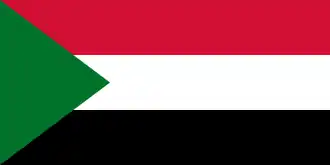 Nimule and
Nimule and  Juba in Sudan
Juba in Sudan Pakwach, Uganda to
Pakwach, Uganda to  Juba and
Juba and  Wau in Sudan
Wau in Sudan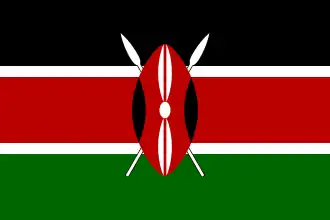 Garissa, Kenya to
Garissa, Kenya to 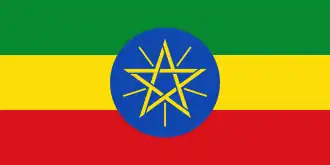 Addis Abeba in Ethiopia
Addis Abeba in Ethiopia Lamu to
Lamu to  Garissa and
Garissa and  Juba again
Juba again Masaka, Uganda to
Masaka, Uganda to 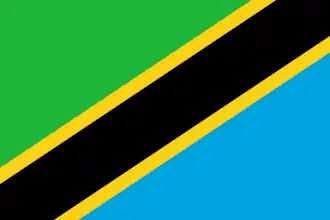 Biharamulo, Tanzania
Biharamulo, Tanzania
Another seven (eight?) routes include:
 Mbamba Bay on Lake Nyasa to
Mbamba Bay on Lake Nyasa to  Ligunga via
Ligunga via  Mchuchuma coal mines.
Mchuchuma coal mines. Ligunga to
Ligunga to  Mlimba
Mlimba Dar-es-Salaam to port of
Dar-es-Salaam to port of  Mtwara
Mtwara Tunduma on TZ-ZM border via
Tunduma on TZ-ZM border via  Sumbawanga and
Sumbawanga and  Mpanda to
Mpanda to  Kigoma
Kigoma Uvinza to
Uvinza to 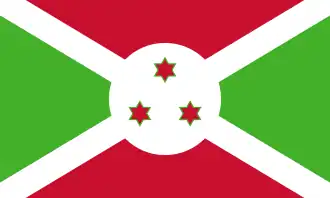 Bujumbura, in Burundi
Bujumbura, in Burundi Bagamoyo to
Bagamoyo to  Kidomole
Kidomole Isaka Dry Port to
Isaka Dry Port to 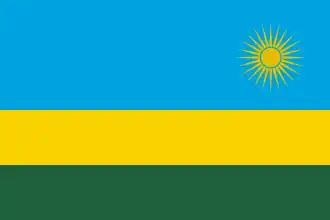 Kigali in Rwanda
Kigali in Rwanda
Gauge unification
Triple gauge for the three main gauges in Africa are a practible solution for mixed gauge tracks.
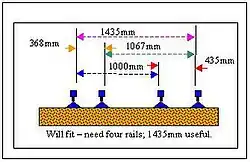

Red: 1,000 mm (3 ft 3+3⁄8 in),
Green: 1,067 mm (3 ft 6 in) and
Blue: 1,435 mm (4 ft 8+1⁄2 in).
The wide separation or the outer pairs of rails (435 mm and 368 mm) provides space for railclips and suits turnout construction.
Narrow 1,067 mm (3 ft 6 in) gauge and Metre 1,000 mm (3 ft 3+3⁄8 in) gauge are too similar (67mm) to allow third rail dual gauge. Four rails must be used, which creates a third gauge, which may as well be 1,435 mm (4 ft 8+1⁄2 in) gauge.
See also
References
- ^ Railway Gazette International of November 2007 p688